Cobra With Spinal Trauma
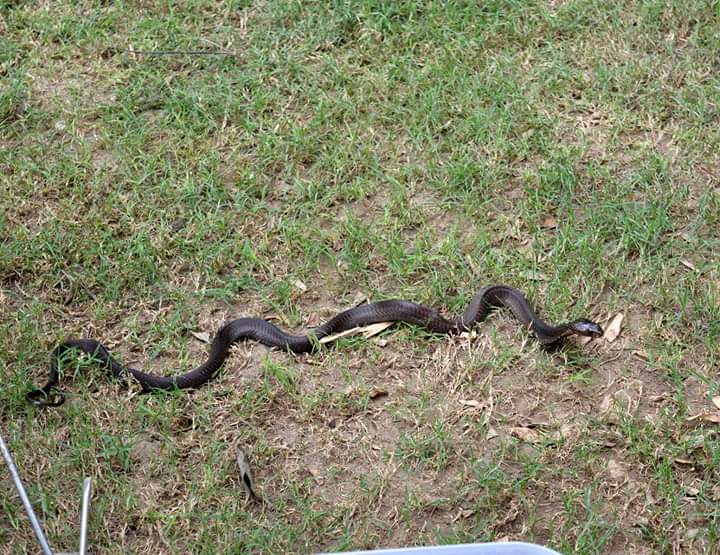
Snakes evoke myriad emotions in this country. There are some who fear them, others harbour antipathy and would want them dead. Then there are those who consider them sacred and worship them and finally, people like you(hopefully!) and us, who simply love them and admire them. In our culture, snakes have been given a pious status for thousands of years. Some examples of reverence our ancestors had for serpents are- Lord Shiv, one of the major deities in Hinduism, is shown with a cobra coiled around his neck. Furthermore, according to some sacred texts, the earth is balanced upon the head of a five headed serpent called ‘sheshnaag’. There is indeed a day of religious importance, ‘Naagpanchami’, where the cobra is worshipped in the form of sculptures and idols. This tradition goes back to the ancient times and has roots in the epic, ‘Mahabharat’. The list goes on.
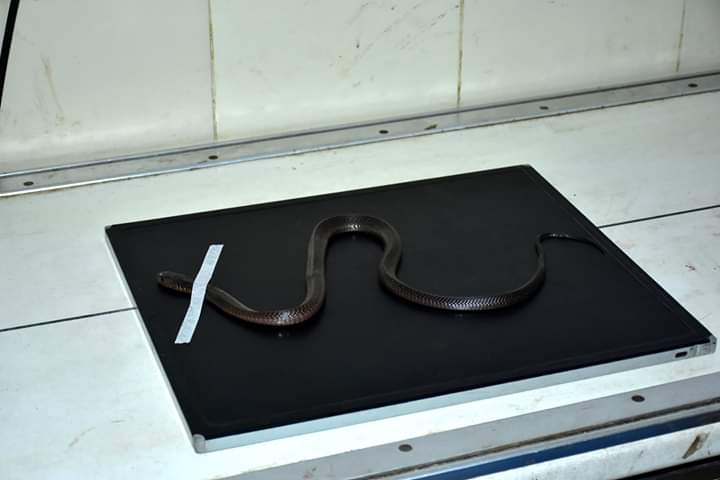
The question then arises that how people of a nation have such mixed feelings towards this exquisite creature when culturally, it holds a place of respect and awe. The answer is a dangerous phenomenon. It still threatens the peace and harmony of humans despite the tremendous leap in knowledge and technology. It is called a ‘rumour’. The fact is, an average child growing up in Bharat does not get much education on these fascinating reptiles and instead their head is filled with half-truths and misinformation. The result is often a mix of fear and revulsion. There are dozens of such myths. Some of the more prominent and ludicrous ones are-
- Myth- All snakes are venomous and lethal.
Fact- In the Indian subcontinent, there are only 4 types of snakes, Big 4, that pose a threat to humans viz., Saw-scaled viper, Russel’s viper, spectacled cobra, common krait. Thus, out of over 250 types of snakes found in the country, only 4 are a practical threat!
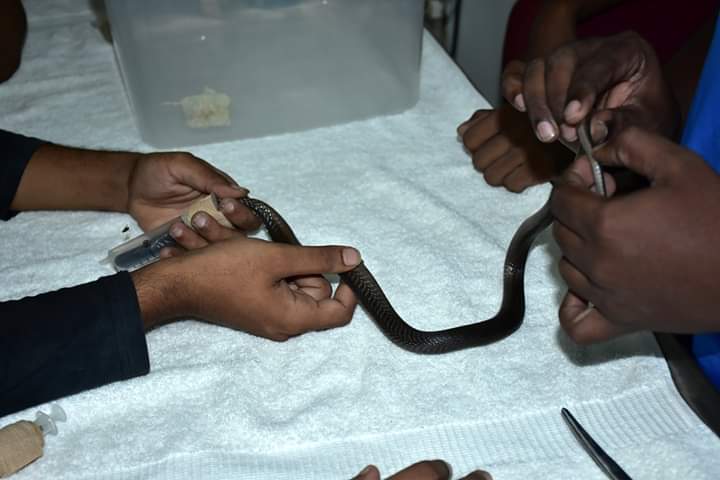
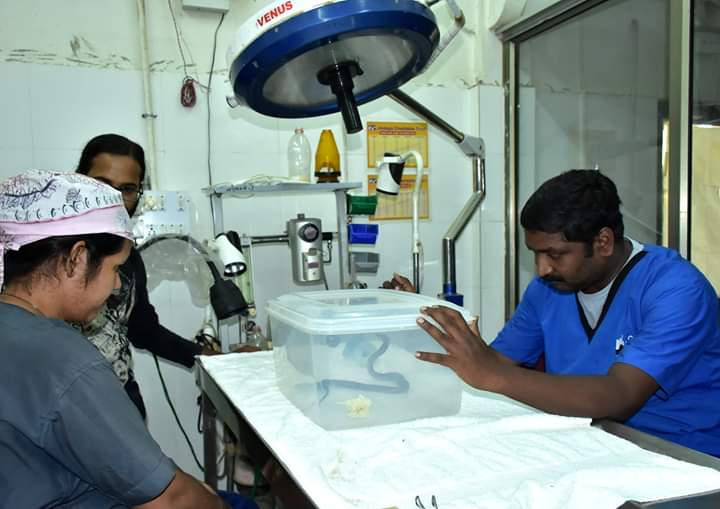
- Myth- Snakes are aggressive and will attack you.
Fact- Like most wild and urban-wild animals, a snake will attempt to avoid confrontation. It would become aggressive only when provoked. Unfortunately, people come near them inadvertently. Most snakes give out a warning sound in the form of hissing(cobra), rubbing scales(saw scaled viper), whistling sound(Russel’s viper) etc. (Note- Krait is a silent killer)
- Myth- It is fine to kill a snake.
Fact- All snakes are protected under the Wildlife Protection Act (1972) and harming/killing them is punishable by fine or imprisonment or both. Further, as pointed earlier, only a handful of snakes are dangerous.
- Myth- Snakes are a nuisance.
Fact- Snakes maintain the ecology as they prey upon rodents and small insects and animals. The Rat snake(dhaman) is called a ‘farmer’s friend’ as not only is it non-venomous but also eats the rats in the farm, thereby saving the farmer huge losses.
There are several other false beliefs and blind faith pertaining to these sleek reptiles. As educated humans, we should base our beliefs on science.
What to do when you see a snake
- First and foremost, do not panic.
- DO NOT go near the snake as you may not know if it’s lethal or not.
- Call for help- Contact any rescue center.
- Sometimes, people may gather around, making the snake more aggressive. Do not let there be overcrowding.
- MOST IMPORTANTLY- Don’t go near it to take a picture to post on your social media (likes and comments won’t help if you get bitten!)
The common protocol is to capture the snake using apparatus such as a tong and bagger and release it away from human habitation.
Cobra is born venomous and independent. It starts looking for food and a dwelling right from the moment it hatches from the egg. Cobras are common occupants of JCT centre. We were notified of a juvenile cobra that was not able to move normally and apparently needed help. It couldn’t crawl forward and instead kept rolling over for some reason. This case required experienced handling and our Clinical Director took this up personally. An X-ray was done for diagnosis and it showed injury to the spine of snake. Thankfully though, it was not broken (which would be a death knell). There was a major trauma at a place due to which there was swelling in the tissue around the spine. Nerve and muscle damage were suspected however, it could still move its tail. This was a great sign since it showed recovery was very much possible.
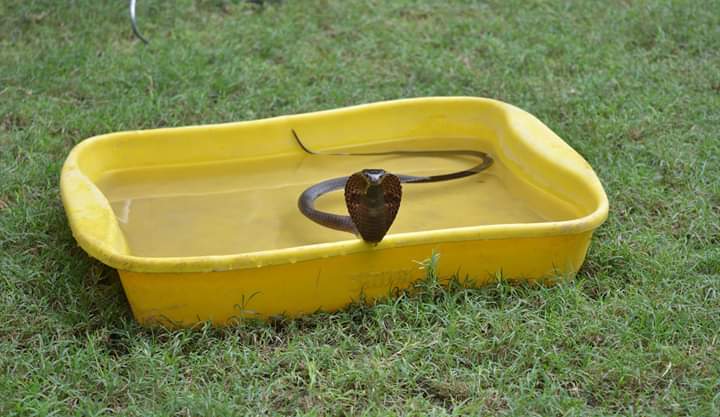
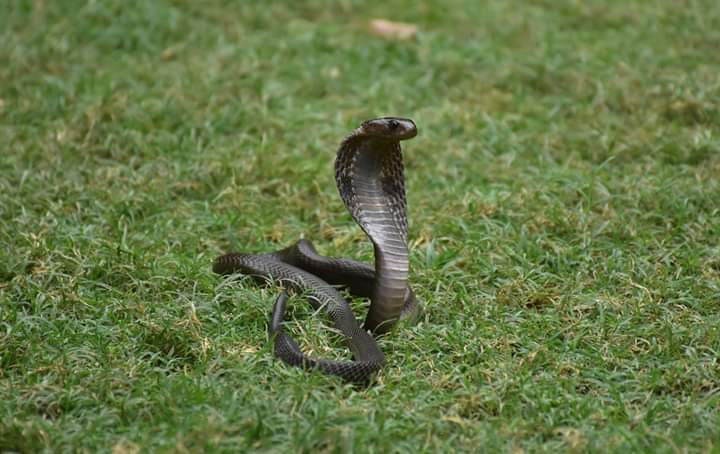
Our vets and curator set up a regime of physiotherapy and pain management as a dual pronged approach. Obviously, handling a cobra requires deftness and experience for the safety of the serpent as well as the handler. Constant handling causes stress hence, hydrotherapy was utilized more often. Apart from this, Infrared therapy was employed which stimulates the nerves. All the hard work and patience bore fruit and the juvenile cobra made a full recovery. It was released in a safe environment away from human settlement.
This is one of several dozens of cases we handle at JCT. As you can imagine, a lot of hard work, expertise, love and resourcefulness goes into our mission of saving each mute soul. Being a part of a team on a mission is a great feeling. You can experience the joy of giving too by contributing financially or volunteering. Your contribution directly translates into rescuing, rehabilitating, recovery and release of helpless creatures which have no chance on their own.
In a world obsessed with living like enjoying ice-cream before it melts, be a candle that lights other candles before it melts!







